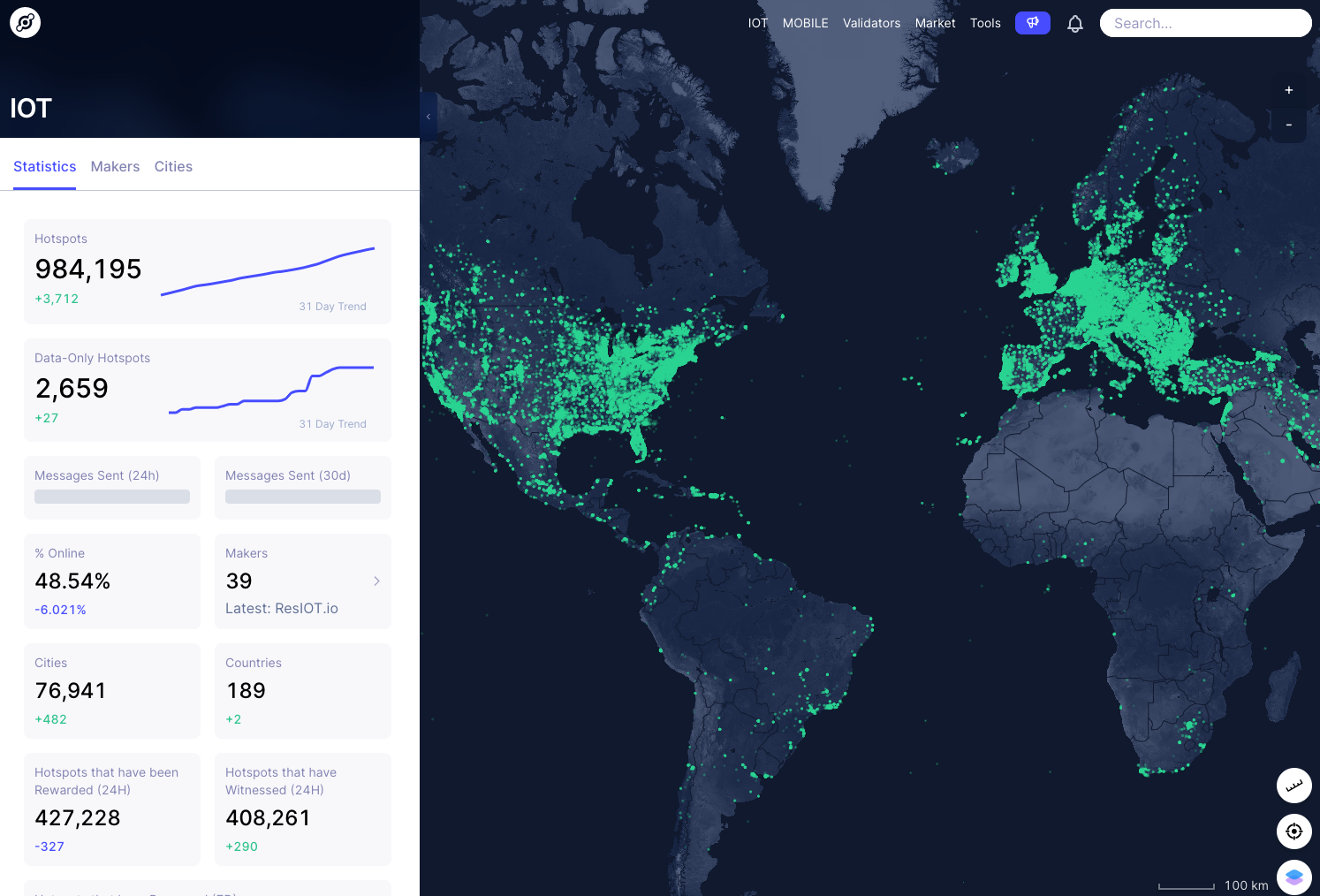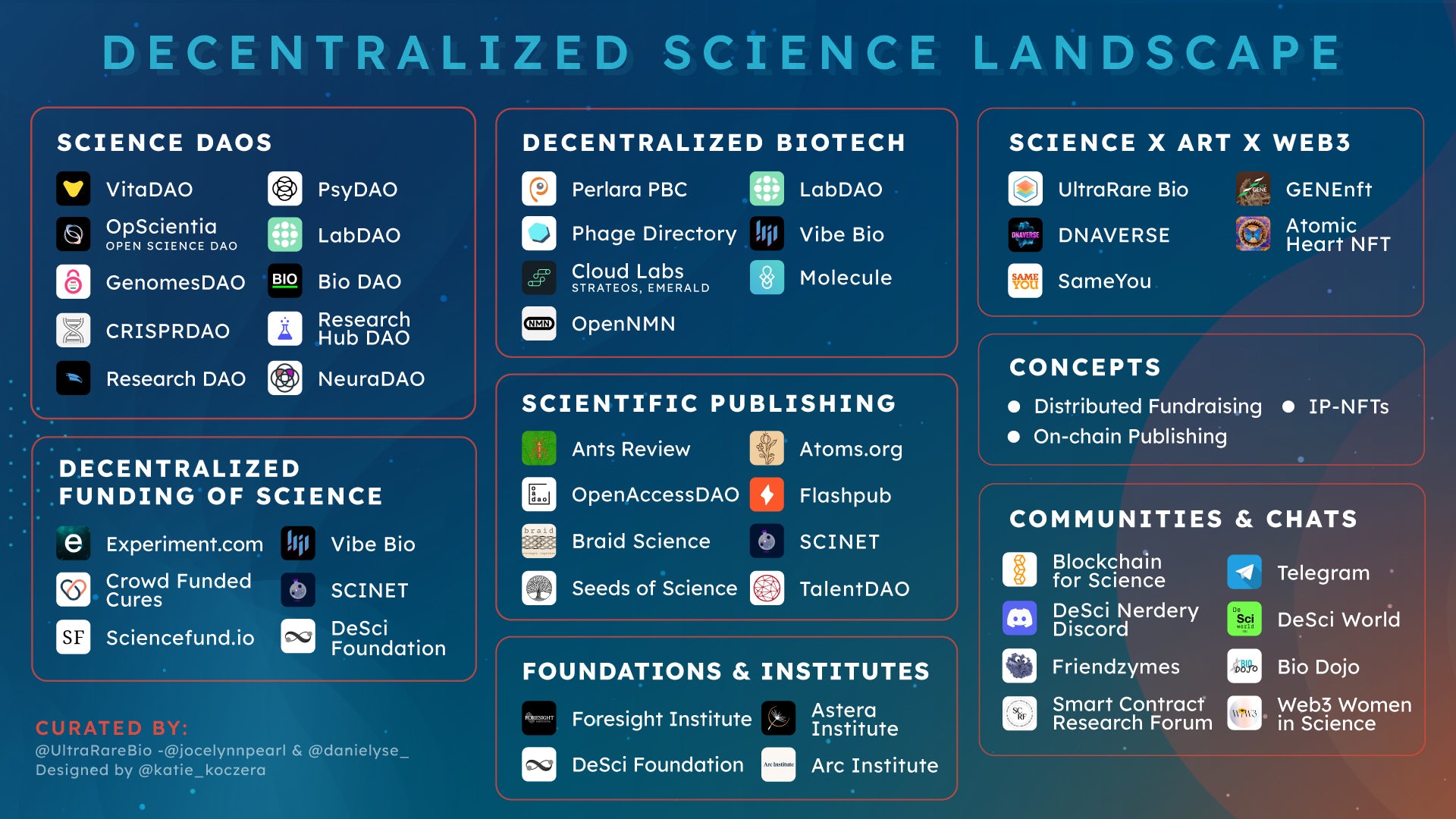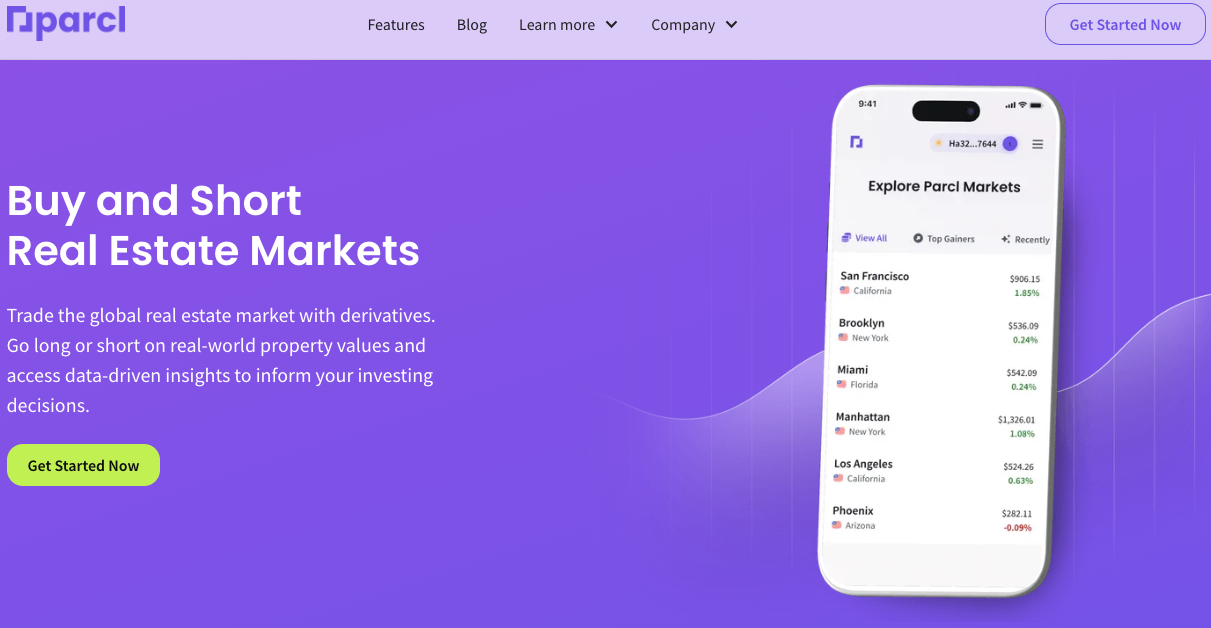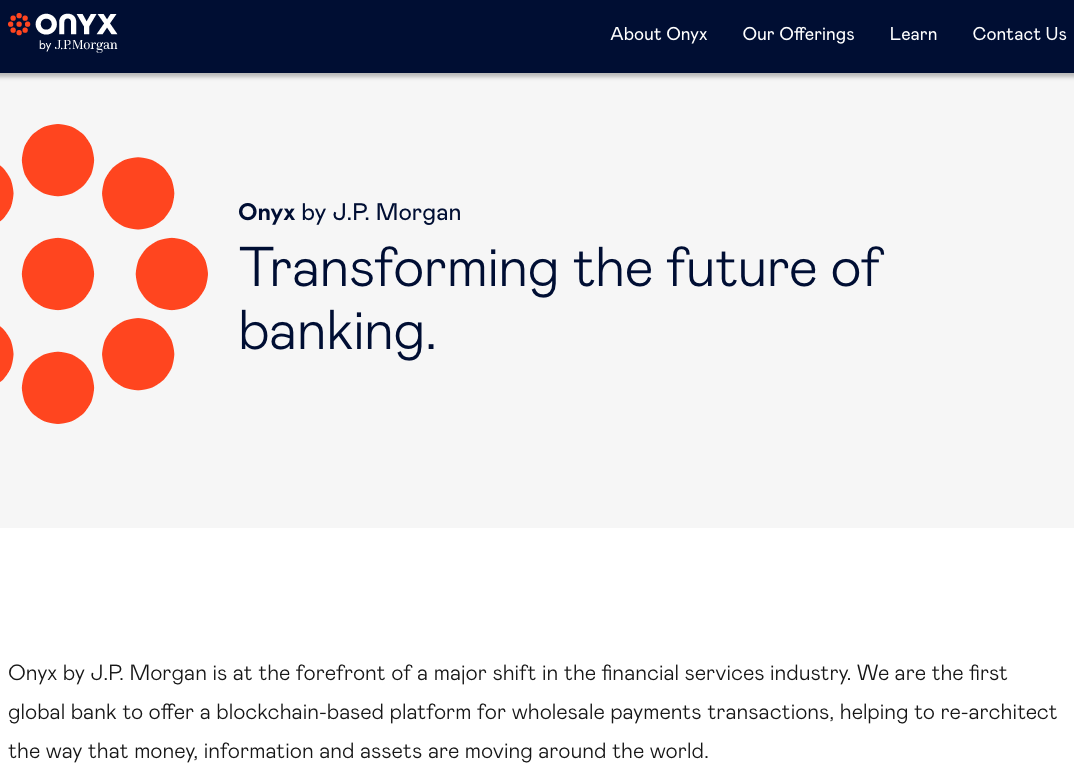Historically, applications with largely crypto-native impact rather than "real-world impact" have dominated Web3. Crypto skeptics often cite this dynamic as the reason why Web3 is unimportant. In reality, the real-world impact that's occurred is massive ($1T market cap), and this experimentation and development solving crypto-native problems is a feature and a catalyst, not a bug.
For Web3 to gain widespread adoption, this early experimentation has been critical in establishing a series of widely used solutions to problems faced by crypto early adopters. Solutions like decentralized exchanges, money market protocols, NFTs, and DAOs have all successfully demonstrated strong product market fit within the ecosystem. Each successful experiment establishes a new proof of concept, which inevitably inspires the creation of new technologies, businesses, and services. These new applications take the concepts pioneered by “version 1.0” a step further to engage with a broader audience and open up new waves of adoption and possibilities.
We have seen this with multiple primary technology cycles over the past 30 years. With the early internet, the first development of websites opened the door to e-commerce, online chat, digital advertising, and other early primitives. E-commerce spectacularly ballooned in the late 90s, leading to the collapse of numerous highly valued startups, like Pets.com and hundreds of others. But in their failure, they demonstrated people would come online and they will buy things online. This behavior offered a fantastic proof of concept that was perfected by some of the companies of that era, and after, like Amazon, eBay, and others, to where e-commerce is so ubiquitous we don’t even consider it a thing anymore. It is just shopping.
In the early days of mobile, on the hardware side, companies like Palm, Blackberry, Motorola, and others proved that people craved more fully featured mobile computing experiences. But they were limited to the early adopter crowd who needed to get email on the go, like bankers and consultants. They served as proof of concept that (combined with the iPod’s successful proof of concept as a portable music player for the masses) Apple, and later Android, leveraged to perfect the user experience and change the world forever.
Even with iOS and Android, the early days of mobile applications were experiments for early adopters of these new mobile devices, testing the capabilities of this new platform. Apps like Foursquare gamified the ability to show you where your friends were in the city on a map in real-time, playfully demonstrating mobile location awareness without any meaningful utility. But it wasn’t until Uber emerged as the defining breakthrough mobile app that people truly embraced the power of location awareness to create game-changing, mainstream applications that made the phone suddenly become a remote control for the world around you and inspired a whole industry of on-demand businesses utilizing mobile technology.
Web3 is now at a similar inflection point. The proof of concept phase has shown the critical elements of the platform that have product-market fit. It is time for the next wave of businesses to emerge beyond the early adopter crowd for mass-market applications. A handful of candidates here have emerged here that I expect will lay the groundwork for significant innovations in Web3 over the coming years:
Decentralized Infrastructure Networks (DePIN) - demonstrated by Helium through their deployment of over 1M LoRaWan hotspots globally through crypto incentives
DAOs enable the global coordination of workers around a shared mission without the burdens or restrictions of traditional corporate formation and employment.
Democratizing finance, offering any user access to types of financial products and services historically reserved for corporations and ultra-high net worth individuals
NFTs as a new paradigm in tokenizing assets of all types to unlock new possibilities of ownership and value creation
DePIN
Helium has been a fantastic proof of concept around the idea that you can globally coordinate individuals to perform collective action for shared benefit through crypto incentives. The network has deployed nearly a million hotspots globally, allowing users to “mine” tokens by providing “proof of coverage” for their LoRaWan network.

Helium's IoT Coverage
Much has been made about the declining rewards to deployers on the network. But this issue is more a function of the supply/demand imbalance of the chosen technology than anything structurally incorrect with Helium’s infrastructure incentivization model. The simple proof of their ability to catalyze the supply of resources in a global, physical network, based on this token model, is being adopted now in numerous markets by Helium and others. In these new markets, demand is already well established from prior industry models, and supply has historically been prohibitively expensive from a capital expenditure point of view for incumbent industries. Examples include 5G microcells, drone imagery, and renewable energy deployments, to name a few. As each new vertical is tested here, industries emerge on top of the successes and will create whole new categories of economic participation; the same way gig workers benefited from the “Uber-fication” of everything over the past decade.
DAOs
In Web3, DAOs are the ubiquitous, amorphous coordinating standard of decentralized protocols. Decentralized Autonomous Organizations represent a new take on the corporation, without geographical borders or nexus and no constraints on their ability to hire, compensate and coordinate workers around shared missions or objectives.
The application of DAOs has been a catalyst for decentralized software development teams to produce decentralized applications and be compensated in native governance tokens or fiat from the DAO treasuries, subject to democratic approval by the governance token holders (the equivalent of shareholders in a traditional corporation). This proof of concept has significant potential when applied in a broader range of industries.
Similar to the way that Helium bootstrapped supply for bandwidth on their wireless network through their token model, DAOs have now sprung up to incentivize suppliers of data or research to join DAOs committed to decentralized research around climate change (KlimaDAO), medical research (VitaDAO, Molecule), and data science (Delphia).

DeSci is in the early stages of testing product market fit
The DAO incentivizes individuals and corporations to provide data or work for the DAO through fiat grants or token distributions. The resulting impact of the contributors’ work, as it accrues to the DAO through monetizing this work and data, is effectively owned by token holders. This model creates a host of opportunities for decentralized coordination of real-world workers and assets for shared economic benefit.
Financial Markets
DeFi has been the most significant success and the biggest failure of Web3 to date. The solutions created over the past few years demonstrate the massive potential for decentralized and democratized access to finance while focusing almost exclusively on facilitating speculation and wholly crypto-native benefits.
But the success of this proof of concept lies in the democratization of various forms of finance that would otherwise be entirely inaccessible to average investors or individuals. For example, today, one can easily take out an overcollateralized loan on their home equity - but few other assets they hold can be used as collateral in the same way one can as a corporation or ultra-high net worth investor can. UHNW investors routinely can borrow against illiquid or liquid equity positions they hold in their private banking accounts, for example. Corporations and individuals can explore interest rate swaps and engage in complicated hedging techniques to mitigate personal financial exposure to rates, commodities, and other esoteric markets. Until now, this has been inaccessible to average individuals.

Parcl's real estate market
With decentralized finance, there is a legitimate opportunity to engage in financial tools with real-world applications to personal financial circumstances. For example, one could leverage a decentralized exchange to buy or sell exposure to specific housing markets based on prediction markets or decentralized oracles of offline real estate data. A homeowner might look to lock in an interest rate swap on dollars to hedge against rising interest rates on their adjustable-rate mortgage. These opportunities are near impossible to access in today's traditional banking industry. Using more user-focused applications of decentralized finance, I expect this type of financial democratization is just the tip of the iceberg, especially as NFTs and tokens become more ubiquitous assets in society.
Additionally, entirely new markets, like Renewable Finance (ReFi), are emerging where no legacy incumbent exists to disrupt. Many people agree that if you were to build NASDAQ or the NYSE from scratch today, they would be built on blockchain technology and leverage these ledgers as the immutable system of record for trade settlement and asset issuance. But the legacy systems will not be ripped and replaced by this new technology since too much-existing infrastructure investment has taken place, and entire industries are built around this sunk cost.

Jamie Dimon has been one of the loudest critics of crypto, but J.P. Morgan is still investing in developing blockchain solutions for financial offerings.
With ReFi, there is no incumbent, dominant exchange, primarily because these asset classes are so new to the market. With the lack of legacy tech to deal with, they can be built from scratch using the best available technology stack, which today is decentralized ledgers like Ethereum or its alternatives like Polygon, Solana, NEAR, etc. Without legacy incumbents to disrupt, the path to market accelerates, and new efficiencies can be realized to accelerate the growth of these important financial markets.
NFTs
NFTs are probably the most well-known frenzy of crypto speculation, with profile pictures of Bored Apes and CryptoPunks trading at more than $1M each at the peak of the 2021 market. While the common meme was that you could right-click and save these images, the reality was the aggressive adoption of these NFTs firmly established product market fit for scarce and unique digital goods. Individuals paid seven figures for an item they could verifiably own, not controlled by a trusted third party. They had copyright ownership of the asset and any derivative work from its use. They also were effectively members of an exclusive club, one of only a few thousand people worldwide who could claim to own these scarce goods. This club membership gave them access to real-world events, experiences, and social standing online.
The evolution of this model to more mainstream applications is readily apparent. NFTs represent a valuable, non-fungible asset that creators can embed with unique qualities - scarce physical attributes or discrete rights to cash flows, experiences, underlying physical goods, or financial assets. The innovation in this context has already begun, but we have yet to come close to scratching the surface of this new platform for ownership that is only made possible by the use of blockchain technology.

Jasmine Energy is introducing new energy markets built on top of tokenized Renewable Energy Certificates (RECs)
Soon, expect to see the tokenization of illiquid commodities, alternative assets, security interests, and even concert tickets or fan club memberships. The ownership and patronage model we know today is likely to be wholly upended as artists and influencers of all stripes can uniquely achieve a direct-to-fan/audience interaction and monetize their work or influence in new ways over the coming years with these new digital goods.
Conclusion
Beyond these early adopter proofs of concept, more are sure to emerge and evolve with massive real-world impact. In these new versions, the crypto-native elements of these products and services will be secondarily important as an enabling technology that underpins their utility. The tokenization of more assets will combine with decentralized finance to give ordinary individuals much more significant financial flexibility and opportunities to monetize their time, data, and other assets creatively through these Web3 models. Combined with the improvements we’ve seen in decentralized infrastructure, it feels like we’re on the cusp of a massive explosion where Web3 will soon directly and positively impact the lives of ordinary individuals for the first time. As this occurs, it should heal the bruised reputation the industry has suffered and prove the value of blockchain and Web3 to the skeptics, often citing the lack of these real-world advances. In subsequent writing, I’ll expand the discussion more into the above categories.
